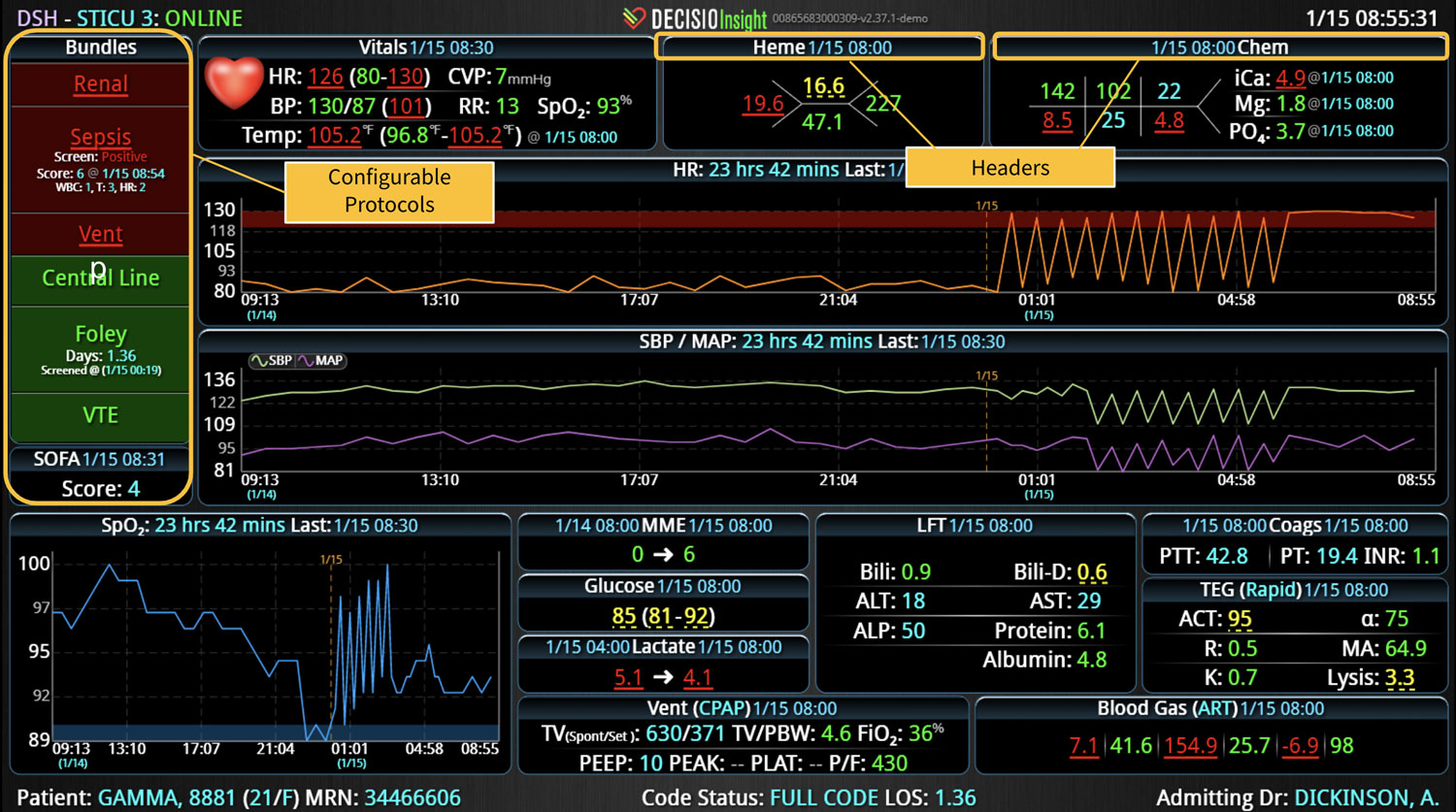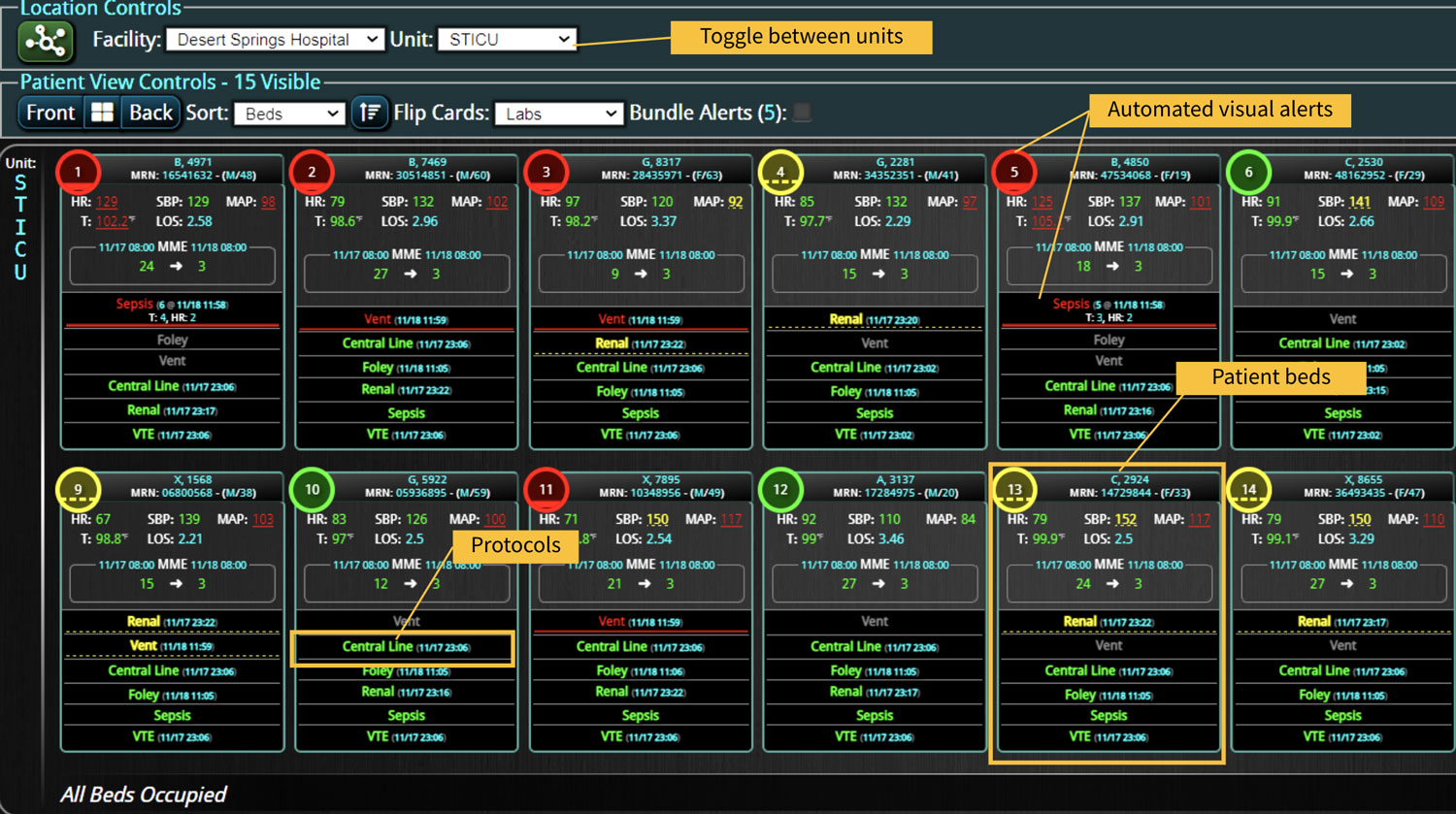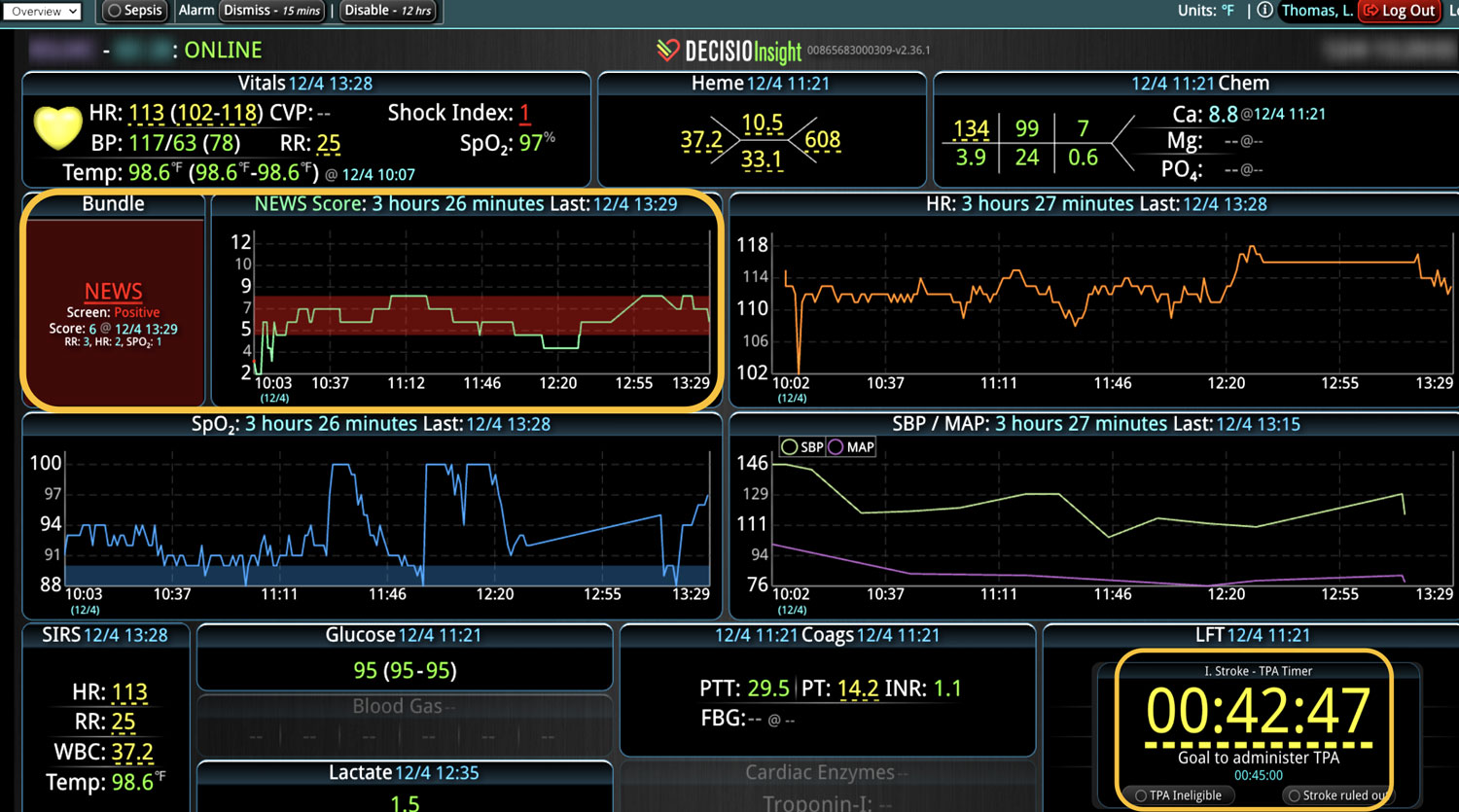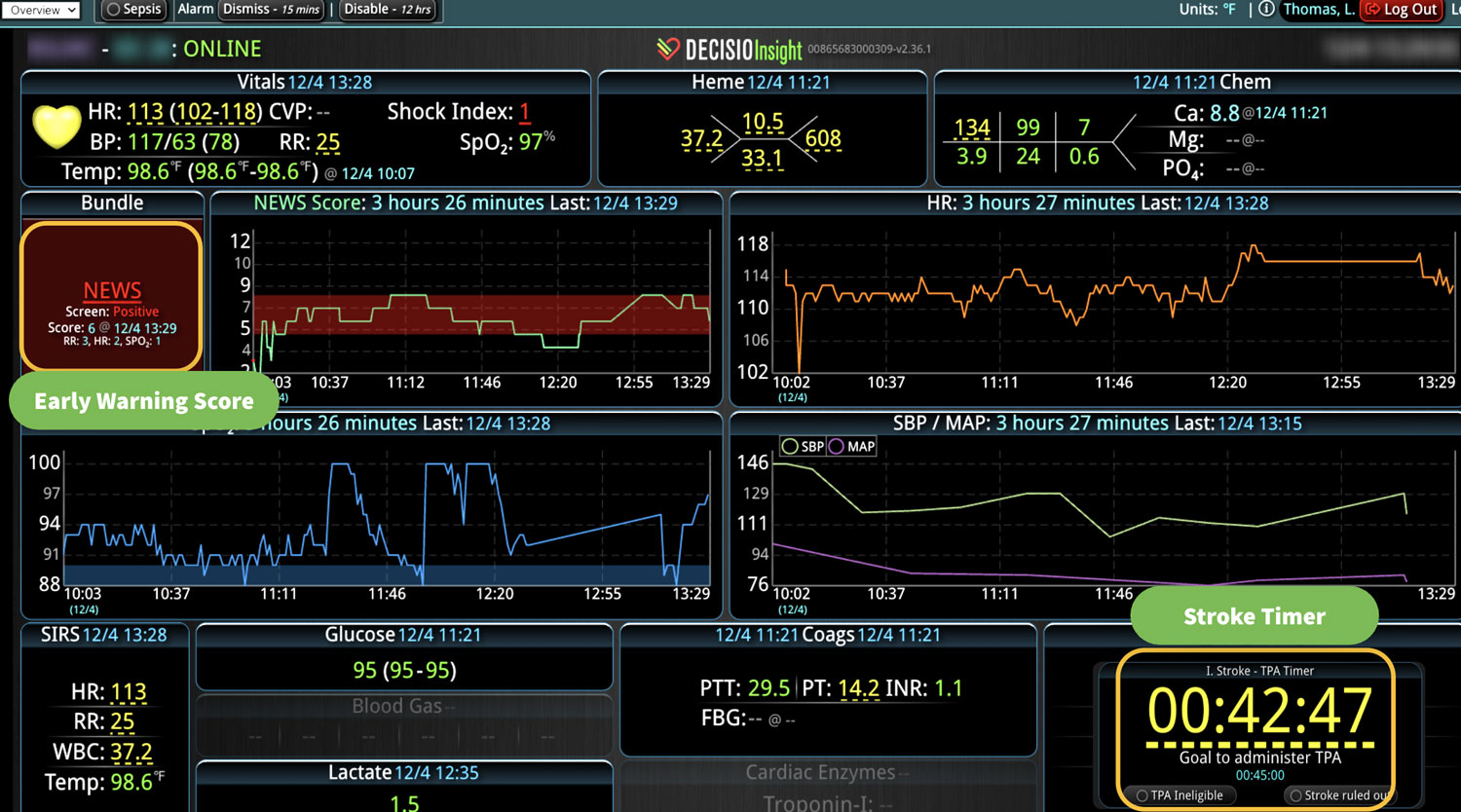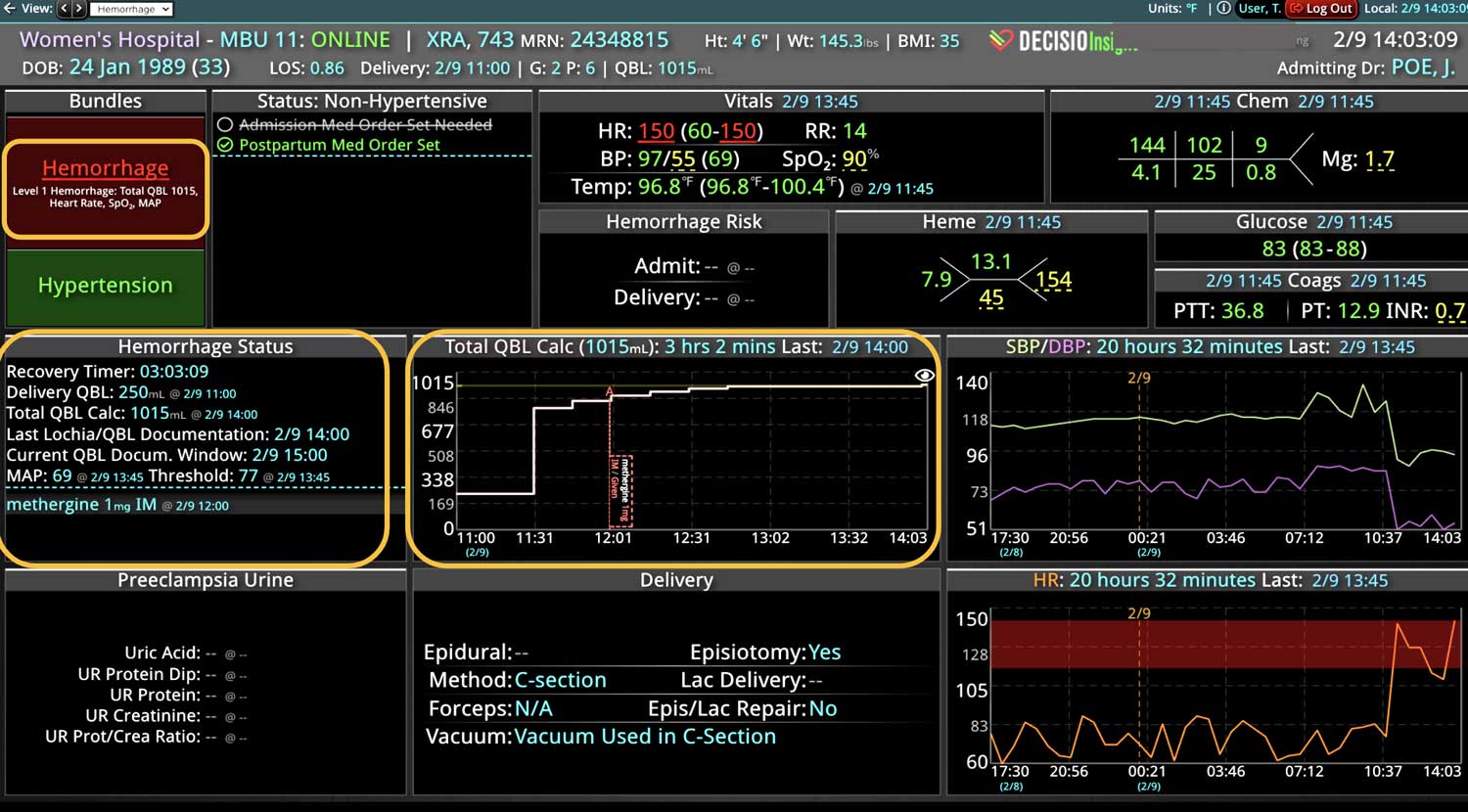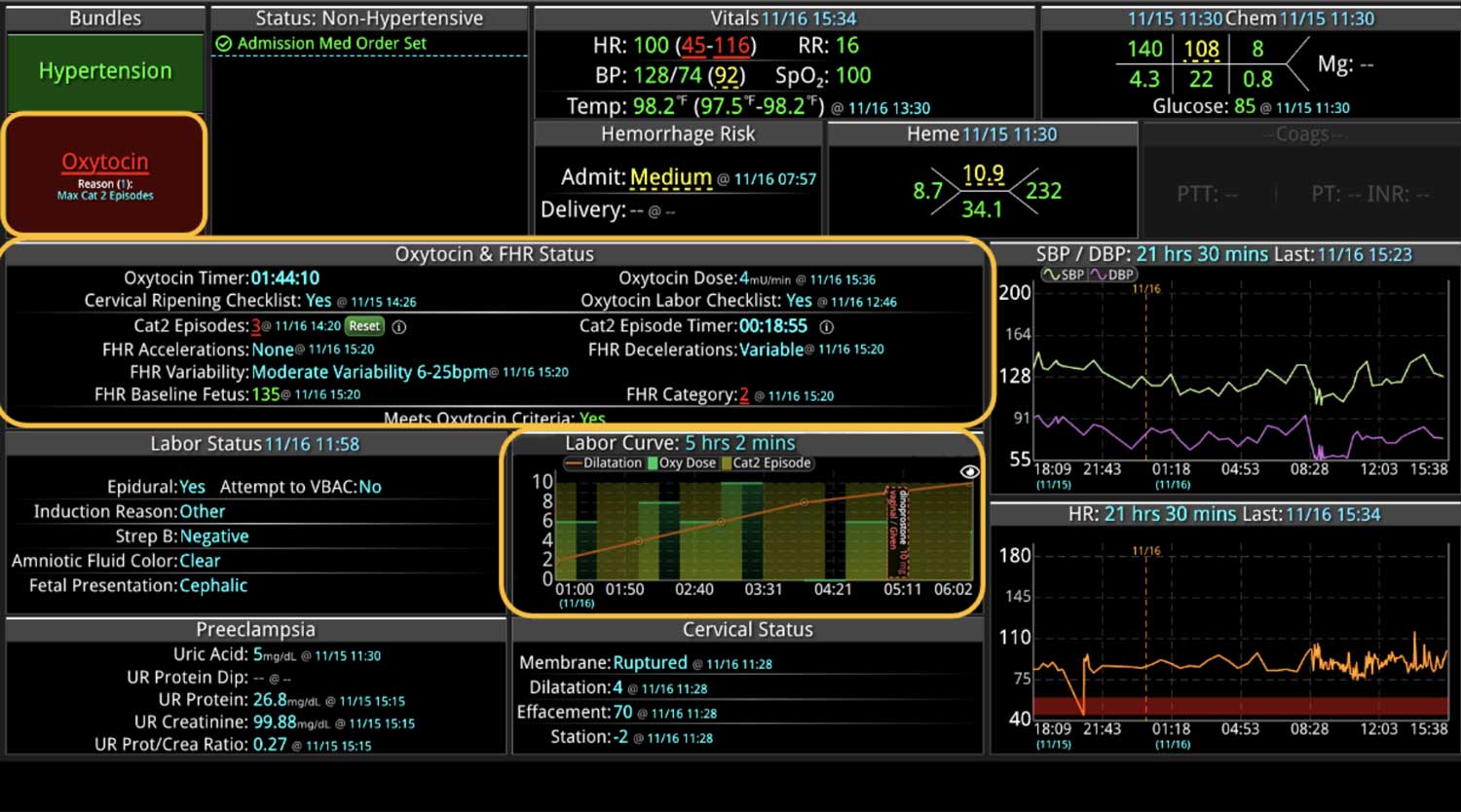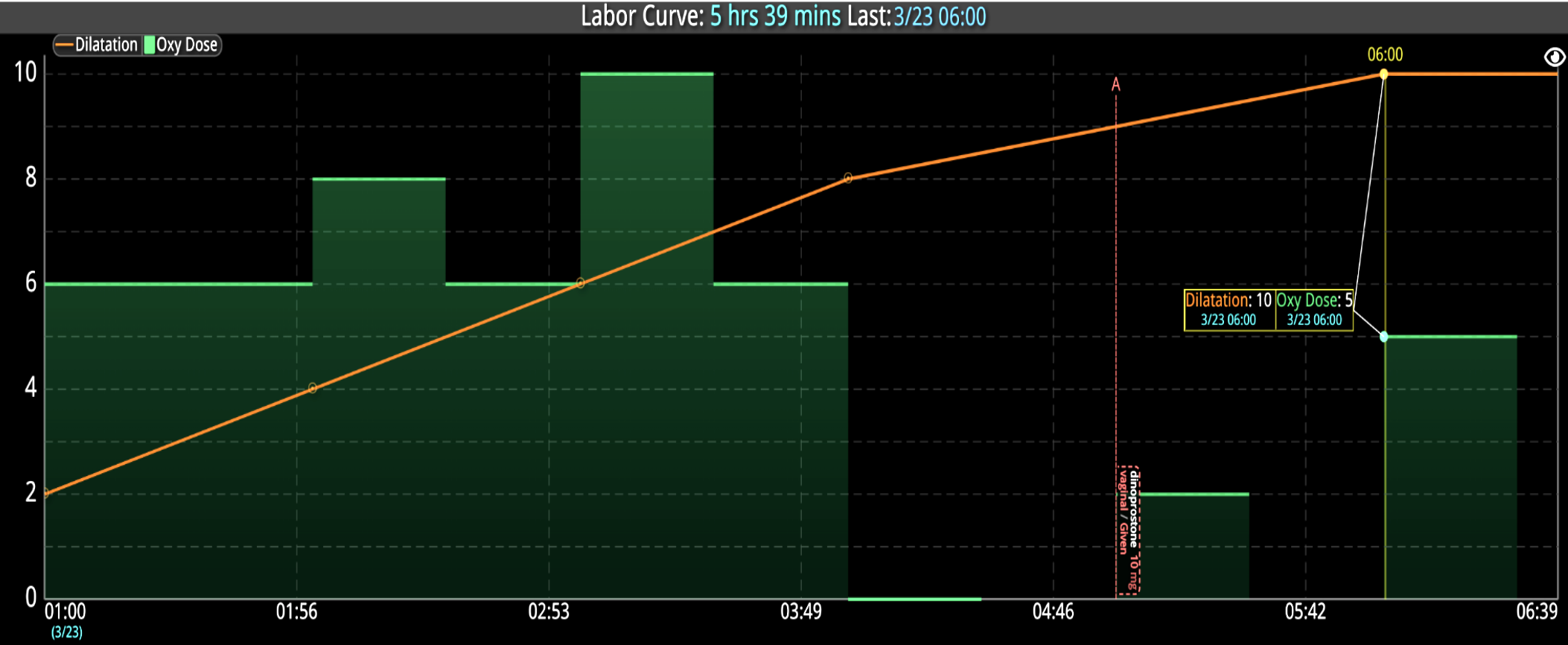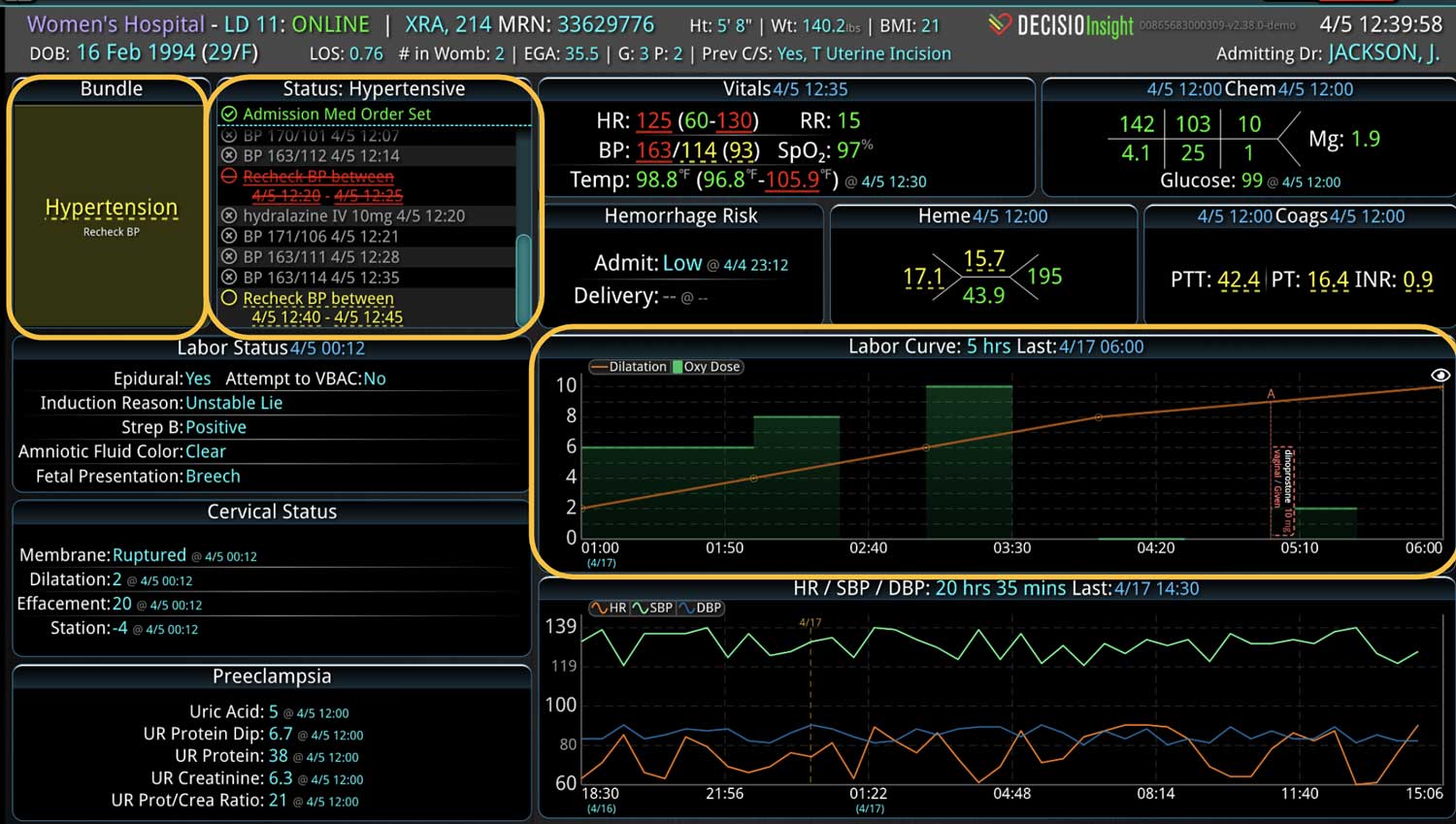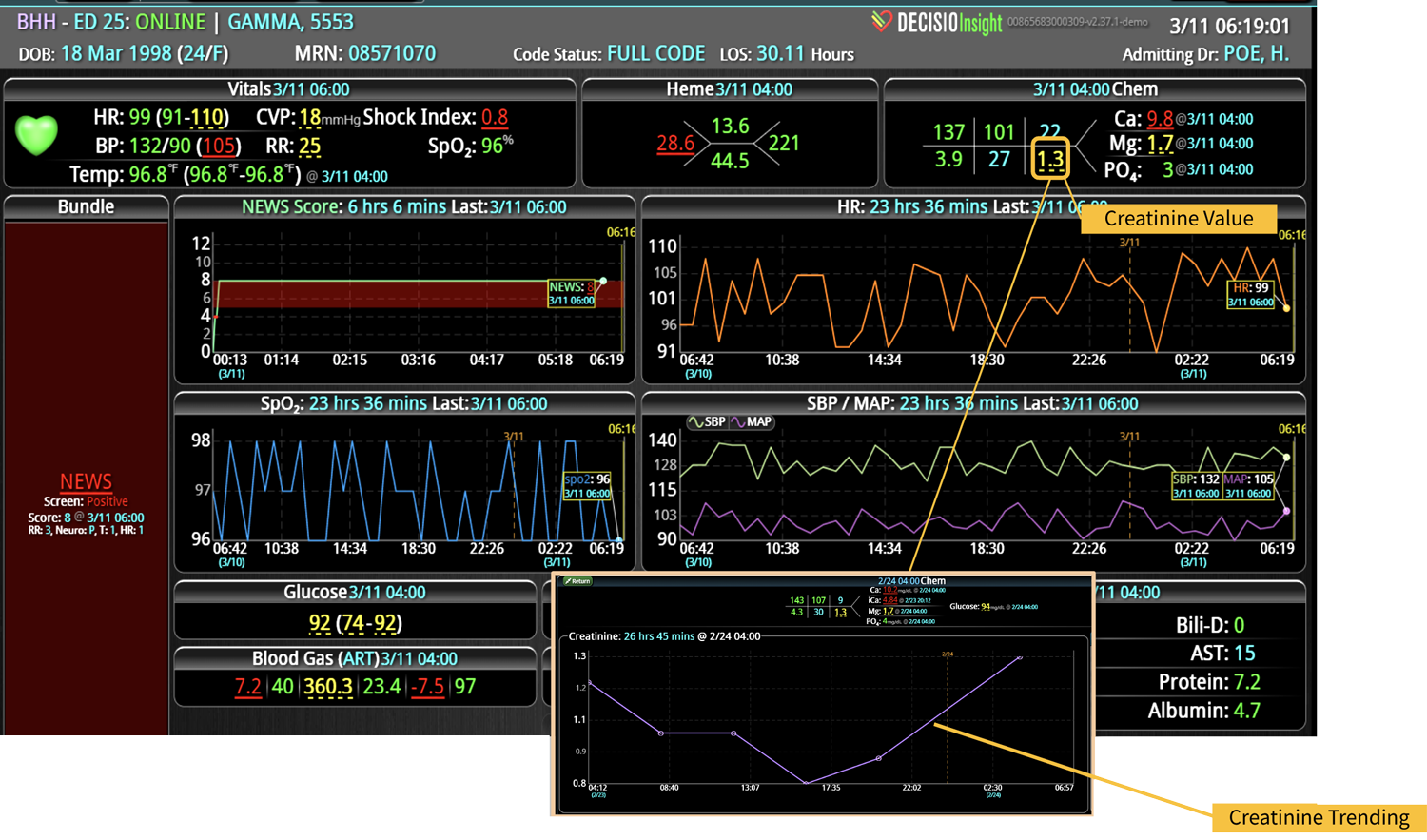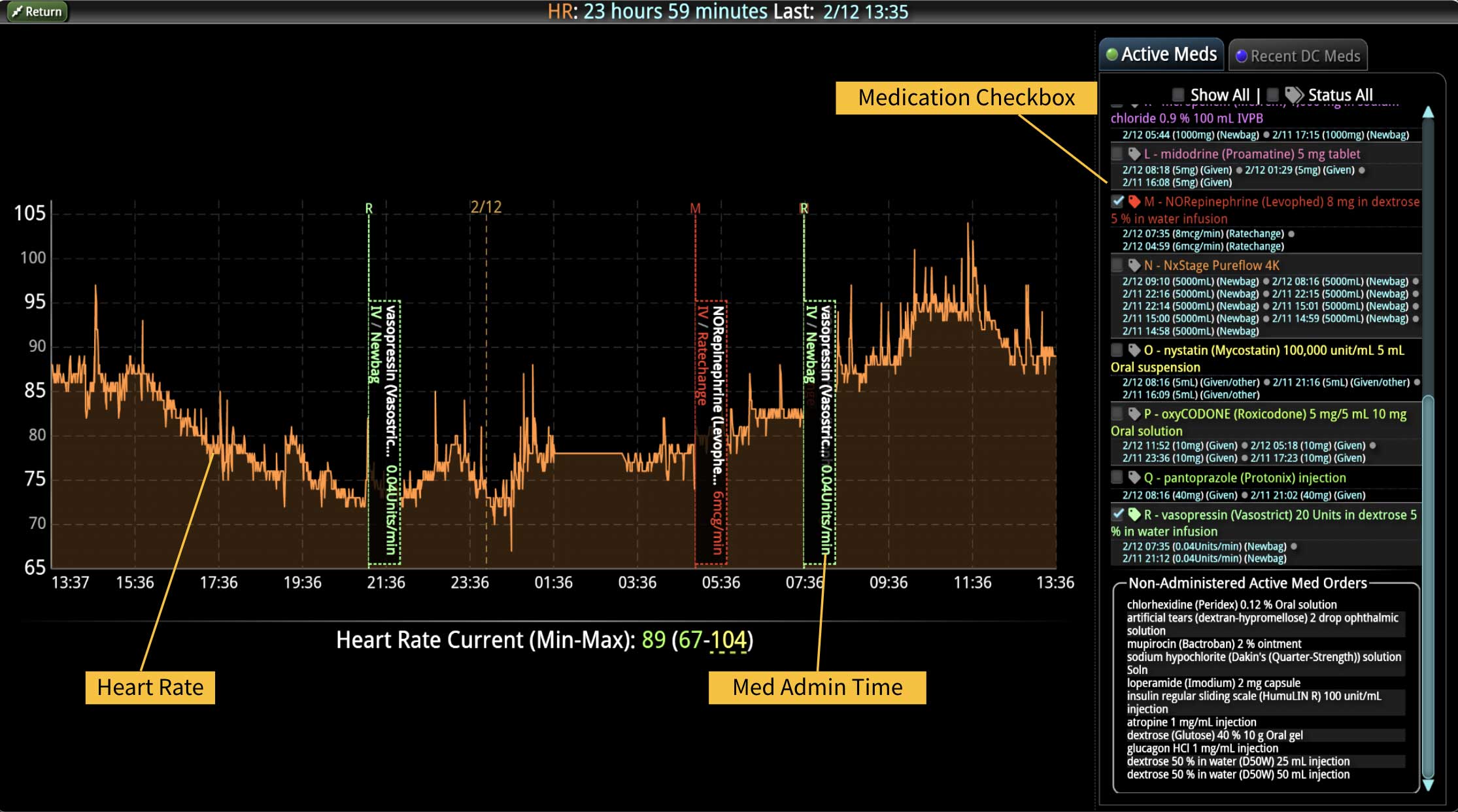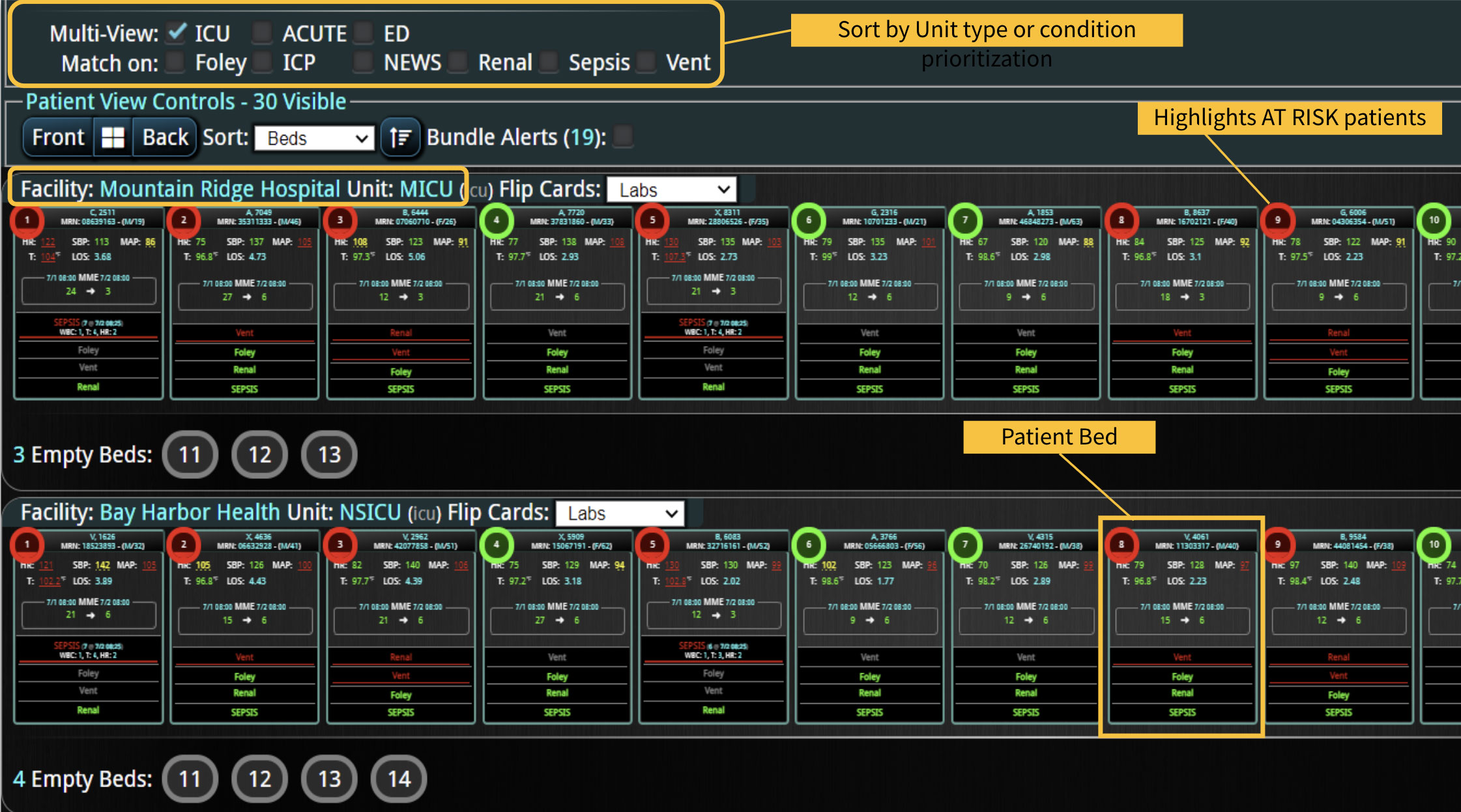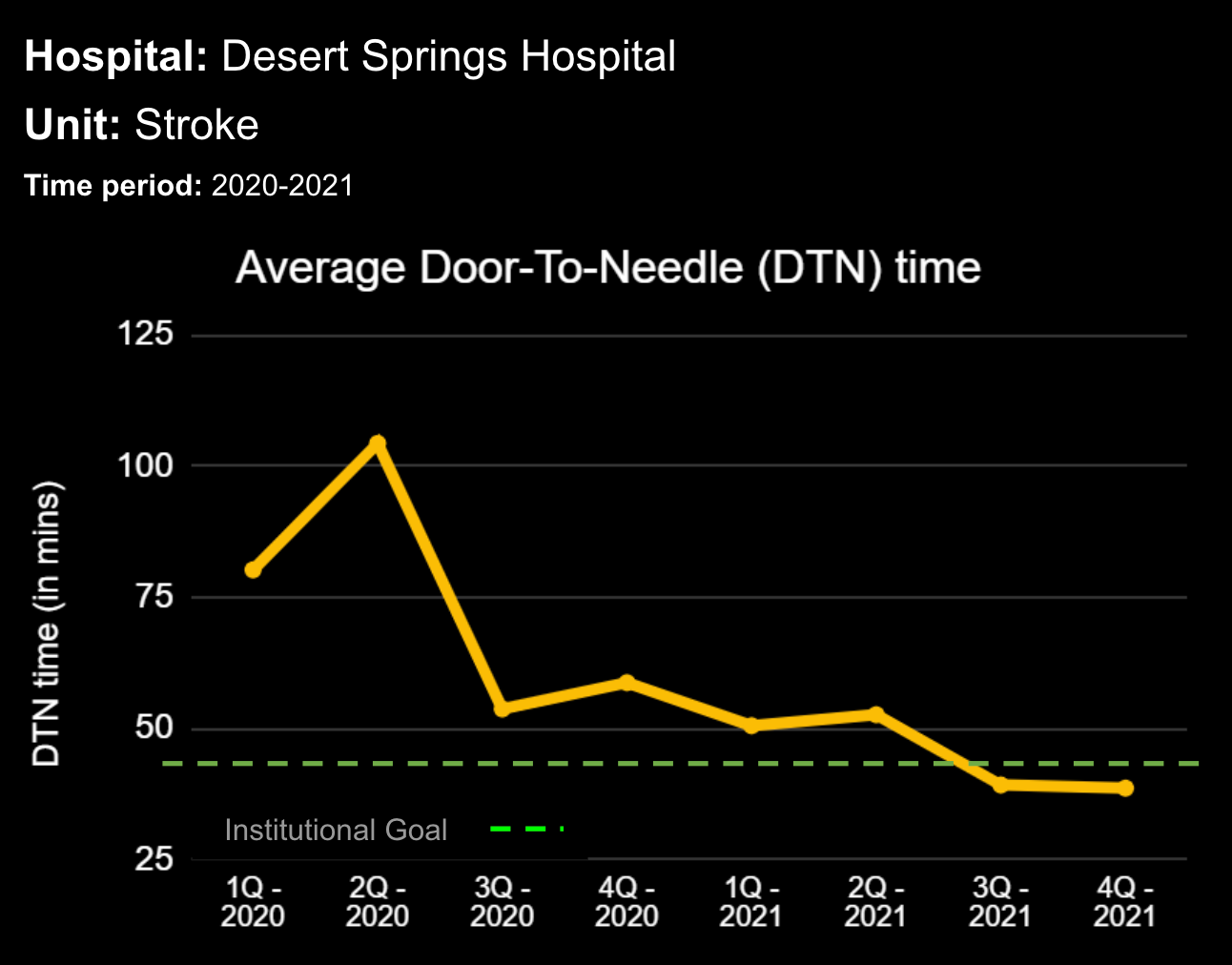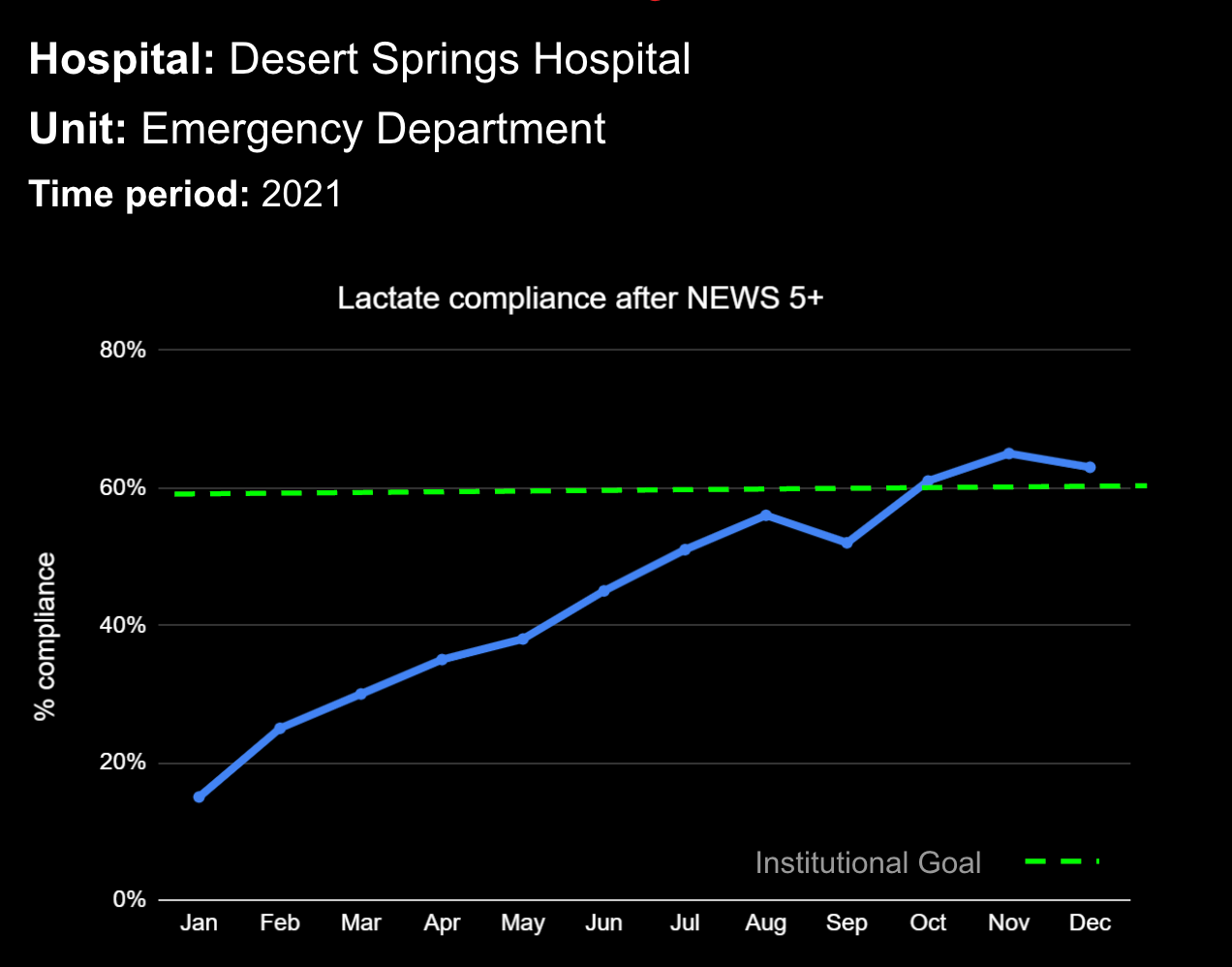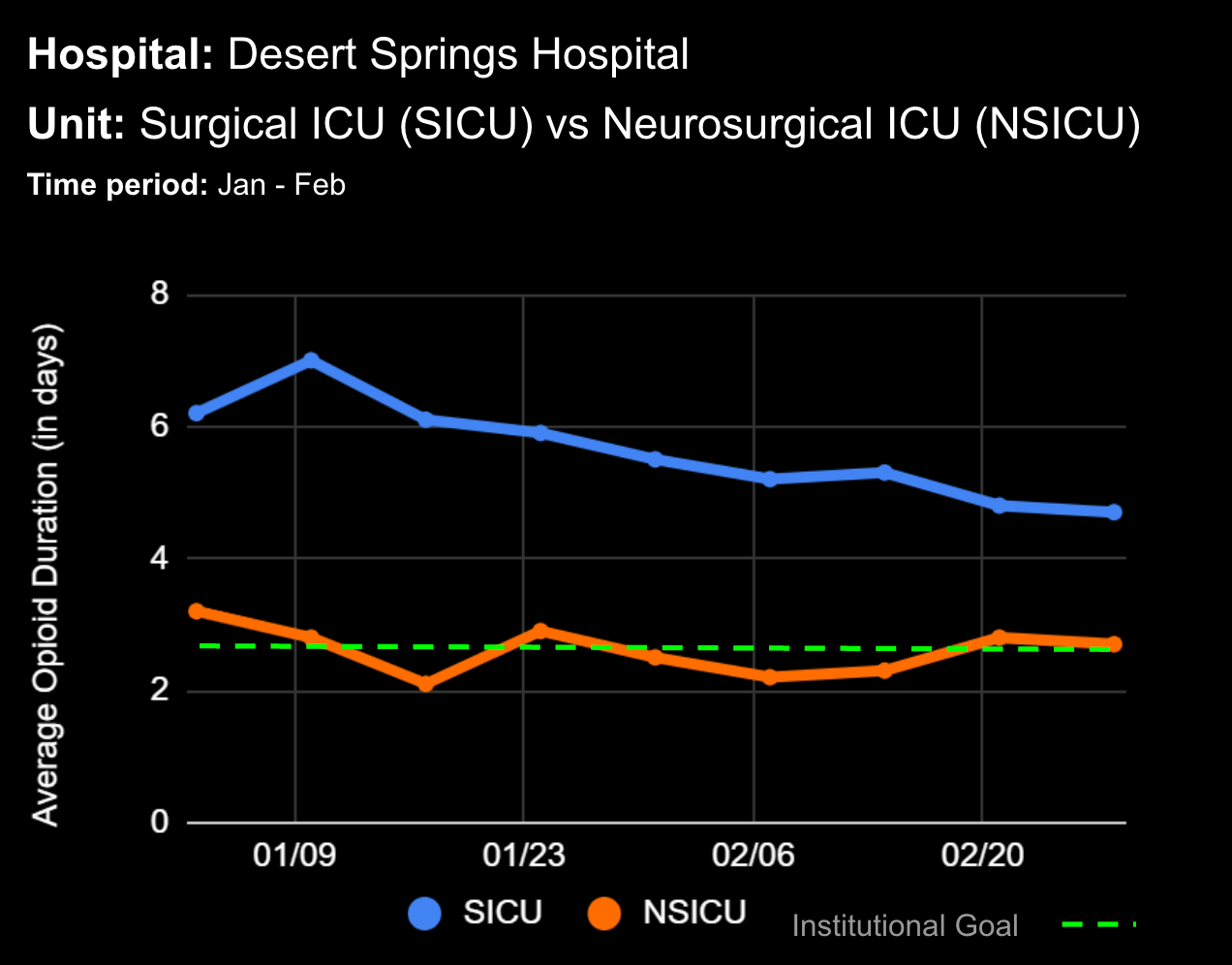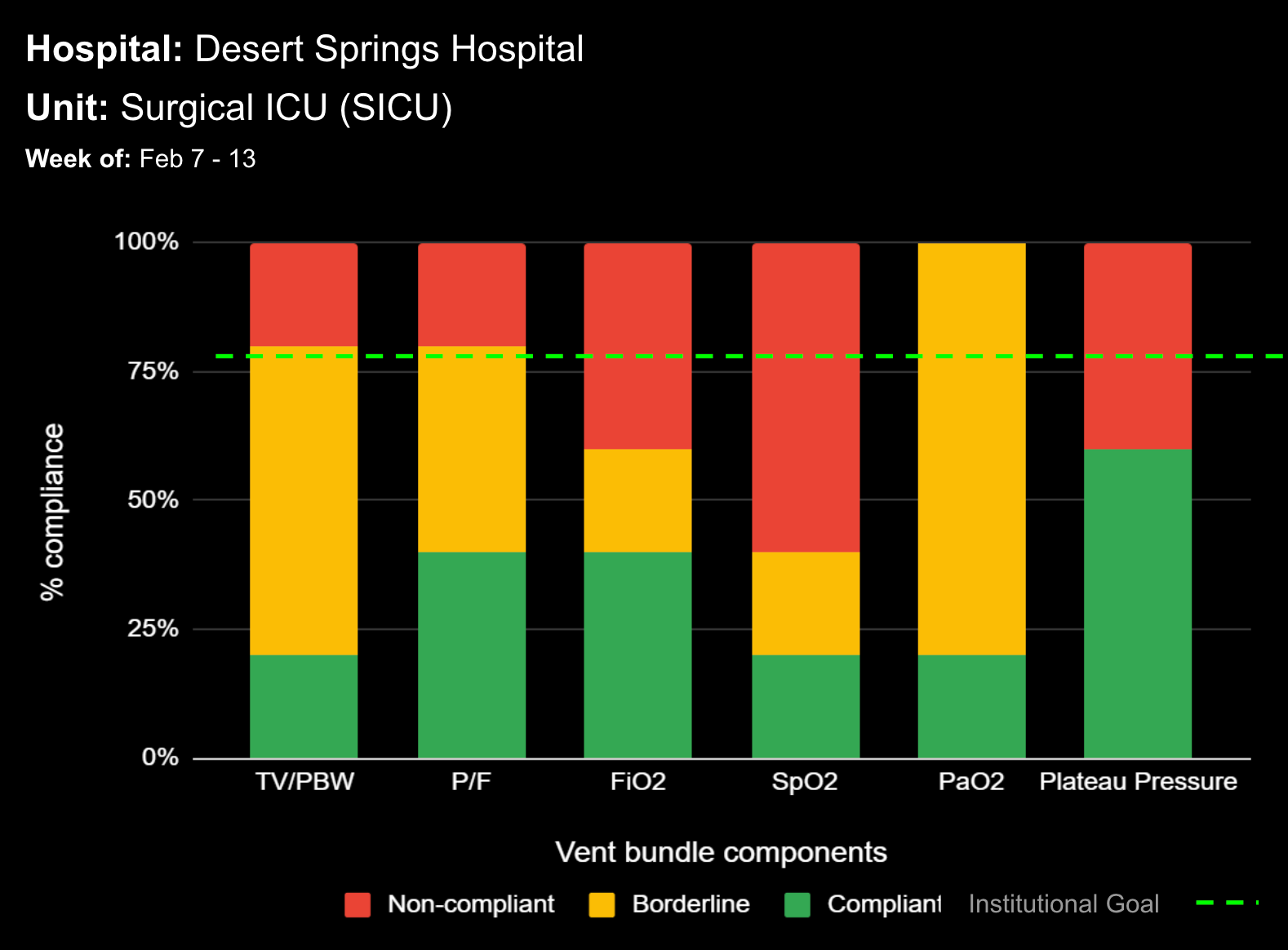
14 Jun Enhancing Hospital Operations with Rapid Response Teams and Virtual Nursing

Enhancing Hospital Operations with Rapid Response Teams and Virtual Nursing
Rapid Response Teams (RRTs) do much more than just respond to emergencies; they play a multifaceted role in enhancing both patient care and hospital operations. They are not merely a safety net for the hospital; they act as the glue that holds the hospital together. Their effectiveness is significantly enhanced when supported by technology. Hospitals that have implemented an RRT and incorporated clinical software into their workflow have seen numerous benefits. We have previously discussed some of these advantages, such as improved patient outcomes, enhanced communication among clinical teams, and increased efficiency in emergency response. However, there are additional challenges, such as clinician burnout and staffing gaps, that can be addressed with the integration of virtual nursing.
Virtual Nursing: A Game Changer for Hospital Efficiency
Virtual nursing helps address these common challenges while offering numerous benefits to both clinicians and patients. In order to maximize these benefits and enhance the efficiency of these remote teams, it is crucial to integrate technology into clinical workflows. Let’s delve into some of these benefits in greater detail…
Patient Care
- Enhanced Monitoring and Consultations: Further improve patient care by providing real-time remote monitoring and facilitating immediate expert consultations.
- Protocol Compliance: Oversee compliance with protocols such as CAUTI and CLABSI prevention. Just as your RRT identifies patients at risk for decompensation, virtual nurses can identify patients at risk for these infections quickly and efficiently.
- Medication Assistance: Help identify patients who may need a pharmacist’s review of medications, such as those with Acute Kidney Injury.
Tools like InsightIQ’s surveillance view can help these teams by identifying patients system wide and alerting to changes in status, ensuring timely and appropriate interventions.
Operational Efficiency & Patient Satisfaction
- Enhanced Communication: Virtual nurses can review home medication records with patients via telehealth consultations, improving accuracy and patient understanding. They are available to answer patient questions regarding care plans, providing clarity and reassurance to both patients and their families.
- Discharge Planning: They can assist with discharge planning and communications with case managers, ensuring a smooth transition from hospital to home care. Virtual nursing initiatives, such as a virtual discharge protocol, significantly improve patient satisfaction communication scores and maintain low readmission rates. These protocols effectively deliver discharge education using telehealth technology, which ensures patients receive thorough and consistent education on their care plan before leaving the hospital. (Source: Zachary Perpetua et al.)
Discover how our innovative solutions are transforming patient care and driving significant cost savings for our clients.
This detailed report provides an in-depth analysis of the ROI hospitals have achieved through the implementation of our advanced patient monitoring systems. Learn about the evolution and impact of Rapid Response Teams, enhanced by our cutting-edge technology, to reduce ICU admissions, improve patient outcomes, and streamline emergency responses.
Request access to the report to explore the data, success stories, and proven strategies that can elevate your hospital’s performance and patient care standards.
Clinician Satisfaction
- Supportive Work Environment: Alleviating burnout is critical to maintaining a resilient healthcare workforce. Virtual nursing and enhanced RRT models provide bedside nurses with additional support, creating a more sustainable and supportive work environment. This approach aims to retain and attract nursing professionals, as healthcare workers report higher satisfaction when they feel supported. (Nurse Journal)
- Staffing Gaps: Virtual nursing supports bedside nurses and the RRT, reducing the physical and emotional strain on clinical care teams and helping to bridge staffing gaps. (Nurse Journal)
Rapid Response Teams have been a tremendous help to organizations, but nursing burnout and staffing shortages still create a need for more support within hospitals. By leveraging the capabilities of virtual nursing and technology, hospitals can address these existing challenges and capitalize on new opportunities to enhance patient care and operational efficiency. Effective virtual care support programs rely on strong relationships, communication, and tools that provide access to information. These elements are crucial for the successful implementation of virtual nursing in bedside clinical teams.
Learn more About How we help clinicians improve patient outcomes
Schedule a call with our team to discuss how we are helping our clients revolutionize how clinicians manage patient interventions.





